tulikomento
Supreme Leader
En osaa sanoa miten lähellä totuutta tässä ollaan, mutta aiheena se miksi Suhoj 57 wunderwaffe on loistanut poissaolollaan Ukrainassa.
Follow along with the video below to see how to install our site as a web app on your home screen.
Note: This feature may not be available in some browsers.
Ehkä se on ollu mukana mut sitä ei vain olla havaittu. Koska venäläinen yyberhäive.En osaa sanoa miten lähellä totuutta tässä ollaan, mutta aiheena se miksi Suhoj 57 wunderwaffe on loistanut poissaolollaan Ukrainassa.
että asioista ei todellisuudessa puhuta. On vähän sellainen salailun ja vaikenemisen kulttuuri. Kun asioita ei voida ulkopuolelta arvioida ja sisäinen arvioi pettää niin ongelmat ovat valmiita. Salailulla on paikkansa mutta siinä piilee myös riskinsä. Kun kukaan ei todellisuudessa tiedä ja ulkopuolista auditointia on mahdotonta suorittaa niin monessa asiassa turvallisuuden tunne voi olla väärässä.

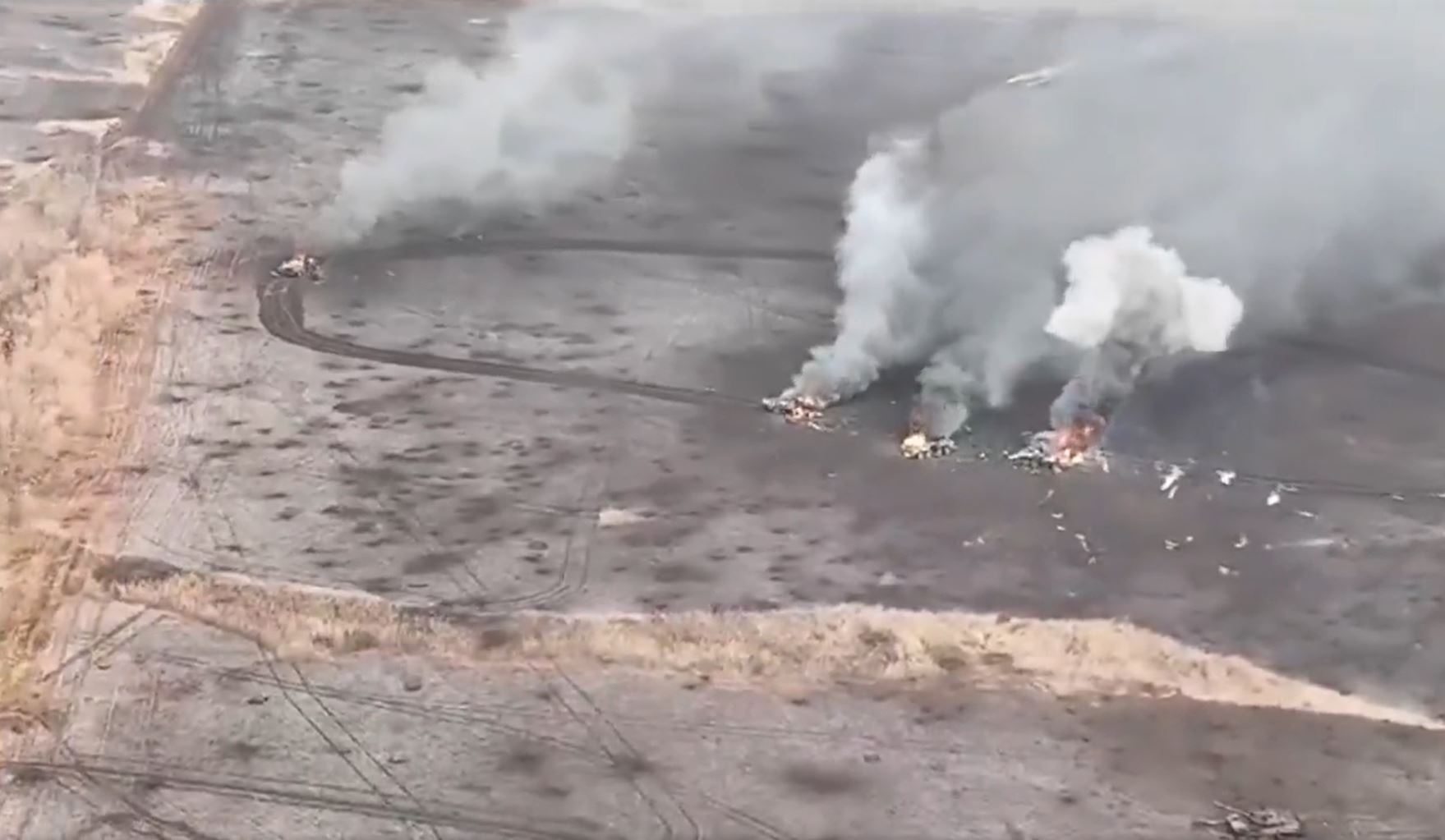
 www.verkkouutiset.fi
www.verkkouutiset.fi

 www.verkkouutiset.fi
www.verkkouutiset.fi
Varoitus ei riitä jos siihen ei uskota tai puuttuu päättäväisyys reagoida.
Tiedustelutiedossa on sellainen lähtökohtainen ongelma että sen todenperäisyys selviää vasta historiankirjoituksessa. Läheskään kaikki ennakkovaroitukset eivät toteudu sellaisenaan. Lisäksi 2022 USA:n tiedustelun uskottavuus oli jonkinlaisessa aallonpohjassa, Afganistanin sekavasta vetäytymisestä ei ollut kuin reilu vuosi.
Suomessa on riski että poliittinen päätöksentekokoneisto ajautuisi päättämättömyyden limboon. Ei uskallettaisi tehdä isoja päätöksiä koska "se vain turhaan provosoi Venäjää". Lievimmillään ei tehtäisi tarvittavia päätöksiä, pahimmillaan poliitikot saattaisivat aktiivisesti kieltää PV:tä tekemästä mitään valmisteluja.
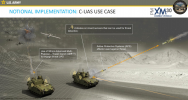
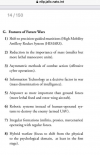
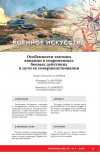
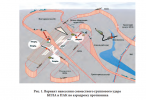

 www.verkkouutiset.fi
www.verkkouutiset.fi

 www.verkkouutiset.fi
www.verkkouutiset.fi











Fabian Hoffmann (Doctoral Research Fellow @NuclearOslo @UniOslo. Defense policy, missile technology, and nuclear strategy) kirjoittanut ajatuksiaan siitä, millaisena hän näkee Venäjän strategian jossa haastetaan NATO.
Hän myös perustelee, miksi kokee että Lännellä on 2-3 vuotta aikaa tästä päivästä laskien (eli tarkoittaisi 14.1.2026 - 14.1.2027) ryhdistäytyä eli saavuttaa sellainen asema ja asenne, joka torppaa ryssän harhakuvitelmat NATO:n haastamisen osalta. Minun suomennos on hieman kömpelö, tässä sanasta sanaan miten hän muotoilee asian: we have at best 2-3 years from today to re-establish a credible deterrence posture vis-à-vis Russia
Hänen mielestään arviot siitä että Lännellä olisi 5-10 vuotta aikaa uudelleenrakentaa kapasiteettinsa ja varastonsa Ukrainan sodan PÄÄTTYMISEN JÄLKEEN ovat liian optimistisia, koska näissä mietitään ryssän konventionaalisten joukkojen uudelleenrakentamiseen tarvittavaa aikaa. Hänen mukaansa ryssä pyrkisi haastamaan NATO:n erilaisella strategialla, jolla pyrittäisiin saavuttamaan "voitto" ennen kuin NATO:n koko konventionaalinen voima aktivoituu (tämä on pakkotilanne, koska ryssä häviäisi perinteisen sodan):
In this thread, I will explain why we are much closer to war with Russia than most people realize and why our time window for rearmament is shorter than many believe. In my opinion, we have at best 2-3 years to re-establish deterrence vis-à-vis Russia.
Here's why:
One common mistake in analyzing the threat posed by Russia is falling into the trap of 'mirror-imaging'. This means assuming that Russia views a potential conflict with us in the same way we view a potential conflict with them. Nothing could be further from the truth.
In addition, it is important to be cautious about extrapolating too many lessons from Ukraine & assuming that a war with Russia would unfold in a similar manner, albeit on a larger scale. In reality, a war between NATO & Russia would likely take on a different form altogether.
Russia does not plan for the type of large-scale conventional war with NATO that we are currently seeing in Ukraine & for which we are primarily preparing. Already before taking substantial losses on the Ukrainian battlefield, Russia knew that it would be inferior in such a scenario.
Russian thinking on a war with NATO revolves around the concept of escalation control and escalation management. Russia's primary objective in a war with NATO is to effectively manage escalation and bring the war to an early end on terms that are favorable to Russia.
Terminating hostilities early is necessary, given that Russia must secure a victorous outcome before NATO's conventional superiority comes to bear, most notably that of the United States. Two key concepts play a crucial role: de-escalation strikes and aggressive sanctuarization.
Rather than comprehensively defeating NATO in a prolonged ground war, similar to what we see in Ukraine, Russian doctrine suggests that Russia would attempt to coerce NATO into submission by signaling the ability to inflict progressively greater amounts of damage.
This would entail, in particular, long-range strikes against critical civilian infrastructure across European NATO countries early on. The message to NATO governments: Don't come to the support of your Eastern European allies, unless you want to see your population suffer.
Simultaneously, Russia would extend its nuclear umbrella over any NATO territory it managed to capture in an initial assault. This sends a second message: Any endeavor to retake that territory, particularly by external NATO forces (USA), will result in nuclear escalation.
The psychological fear of escalation, which may ultimately result in unacceptable damage, is supposed to open the door for negotiations about the future of NATO and the security architecture in Europe - of course, on Russia's terms.
This type of warfighting scenario is not a contest of forces, but primarily a risk-taking competition. The question becomes: Who will be the first to back down when confronted with the prospect of large scale war, including potential exchanges of strategic nuclear warheads?
As Cold War historians know, the balance of military power is not deterministic of outcomes in risk-taking competitions. Instead, they are often determined by the balance of resolve; i.e., the relative willingness to remain steadfast even as risks are increasing.
This is why Russia pursues this type of strategy. Russia does not need to match NATO's conventional power. As long as NATO gives in first amid mounting psychological pressure due to a lack of resolve, Russia can walk away with a victory.
Here's the thing: The ongoing war in Ukraine is teaching Russia a crucial lesson - that the West lacks resolve. Domestic disunity and endless discussions about escalation only reinforce Russia's belief that NATO will back down when push comes to shove.
This means Russia does not have to wait until its conventional power is reconstituted. Scenarios where we have 5-10 years to rearm following the end of the war are way too optimistic, in my opinion.
I am with the Eastern European states that we have at best 2-3 years from today to re-establish a credible deterrence posture vis-à-vis Russia. Otherwise, we run the grave risk that Russia is going to challenge us, sooner rather than later.
NATO must credibly deny Russia the ability to seize any substantial part of NATO territory or to threaten strikes against NATO critical infrastructure. This is needed to escape the coercive conundrum that aggressive sancturization and de-escalation strikes pose.
We must also have a serious discussion not only about how to deter a war with Russia but also about how to fight one. Are we prepared to retaliate against Russian critical civilian infrastructure in case Russia strikes ours first? How do we react to Russian nuclear first use?
Our lack of preparedness, both in the physcial space but also in terms of our cognitive ability to think through these scenarios, is encouraging Russia. Since 2014, Russian intellectuals have debated extensively and publicly how to win a war against NATO. Where is our debate?
What we need, especially in Europe, is whole-of-society effort to get our affairs in order. There's no denying that this will come with a significant cost, but I fail to see any other viable option. Considering worst-case scenarios, as we should, time has already run out.
-
Ajatuksia herättävä kirjoitus.
Jos tulkitsen ajatuksenjuoksua oikein, niin ryssän strategia nojaisi pitkälti risteilyohjuksien ja dronejen käyttöön. Niillä siis tehtäisiin iskuja eri puolille Eurooppaa, erityisesti Länsi-Eurooppaan ja näiden iskujen tarkoituksena olisi viestiä kohteena oleville maille että Itä-Euroopan liittolaisten auttaminen johtaisi uusiin, vakavampiin iskuihin. Eli yritettäisiin hidastaa tai estää avun toimitus, pääasiallisena keinona paitsi näiden iskujen tuhovaikutus niin myös psykologinen painostaminen. Laskelma menee tietysti niin että tällainen paine riittäisi.
Tämän lisäksi hän arvioi että ryssä ulottaisi "ydinaseiden sateenvarjon" ensimmäisten hyökkäysten myötä valtaamilleen alueille eli viestisi että yritykset vapauttaa nämä alueet johtaisivat ydinaseiden käyttöön.
Hoffmann ei erikseen korosta tätä, joten minä korostan: ensimmäisiin hyökkäyksiin tarvitaan tietysti sitä perinteistä sotavoimaa, jonka uudelleenrakentaminen on pakollista, jotta voidaan vallata tai yrittää vallata NATO-maille kuuluvia alueita.
Suunnitelman muut osat vaativat vähemmän tekemistä: ryssällä on risteilyohjusten ja ballististen ohjusten uustuotantoa tällä hetkellä noin 120 kpl ohjuksia per kuukausi. Tämä summa jakautuu tietysti eri ohjustyyppien mukaisesti, jos otetaan GUR:n Skibitskyn 6.11.2023 kertomat arviot eri ohjusten kuukausituotannosta:
9M723 / Iskander-M = 30 kpl per kk
9M728/9M729 / Iskander-K = 12 kpl per kk
Kalibr = 20 kpl per kk
Kh-101 = 40 kpl per kk
Kh-47M2 Kinzhal = 4 kpl per kk
Jos tehdään oletus että eivät kykene tämän suurempiin määriin, niin silloin yhden vuoden uustuotannoksi saataisiin:
9M723 / Iskander-M = 360 kpl
9M728/9M729 / Iskander-K = 144 kpl
Kalibr = 240 kpl
Kh-101 = 480 kpl
Kh-47M2 Kinzhal = 48 kpl
Ohjustuotanto on asia erikseen mutta Shahed-136/131 / Geran-2 dronejen tuotantomäärät ovat merkittävästi suurempia. Vaikea sanoa tämänhetkistä kuukausituotantoa, mutta väitetysti ryssän oman tehtaan tavoite 1.1.2024 jälkeen on 226 kpl per kuukausi (Geran-2). Toisaalta on spekuloitu että yhdessä Iranin tuotannon kanssa on mahdollista, että vuonna 2024 he kykenisivät käyttämään näitä droneja 500-800 kpl per kuukausi Ukrainaa vastaan - tosin tämä jää nähtäväksi.
Shahed-238 suihkumoottoridronea on jo käytetty ainakin yhden kerran Ukrainassa ja ryssä on arvatenkin kiinnostunut siitä.
-
Ydinaseilla bluffaaminen on tietysti halvin temppu koska se ei vaadi resurssien käyttämistä. Samaa on nähty Ukrainan sodan aikana eli sapelia kalistellaan "uhkaavasti" jotta saataisiin vastapuoli taipumaan ryssälle mieluisiin ratkaisuihin.
Minun arvio: ajatus NATO:n haastamisesta "huvikseen" tuntuu tällä hetkellä absurdilta. Minä on jaa Hoffmannin huolta lyhyellä aikavälillä, mutta pidemmällä aikavälillä huoli on mielestäni aiheellinen. Sitten kun sota Ukrainassa päättyy joskus vuosien kuluttua, olipa lopputulos mikä tahansa niin minun arvio on että ryssä vetäytyy nuolemaan haavojaan ja rakentamaan menettämiään suorituskykyjä. Se on hyvä pitää mielessä että ryssän ei ole pakko ehtiä rakentamaan koko armeijansa suorituskykyä uudestaan, mikäli se haluaisi kokeilla Hoffmannin esittämää strategiaa. Täten "pitkä aikaväli" voi olla lyhyempi kuin mitä olettaisi.
Olen kuitenkin samaa mieltä siitä että Lännen asenteen tulee muuttua jyrkemmäksi ja vähemmän pelokkaaksi, koska pelko tai pelolta haiskahtavat tunteet kannustavat ryssää entisestään. Jos pelkällä kovaäänisellä mölyämisellä ja uhkauksien esittämisellä saa tahtonsa läpi niin tietysti niitä tullaan käyttämään jatkossakin.
Avainasemassa tällaisen torjunnassa on oikea, konkreettinen voima jota ollaan valmiita käyttämään nopeasti ja terävästi. Ei saa siis jäädä epäselvyyttä siitä, mihin mikä tahansa hyökkäys NATO-maata vastaan johtaisi. Arvatenkin ryssä tavoilleen uskollisena hyökkäisi heikoimmaksi arvioimiensa kimppuun, Itä-Euroopassa tämä tarkoittaa Baltian maita.
Epäilemättä tällaista skenaariota on mietitty NATO-esikunnissa vuosikymmenien ajan, mutta sitä on hyvä pohtia jatkossakin. Kuka tekisi ja mitä tällaisessa tilanteessa. Avainasemassa ovat tietysti Venäjän rajanaapurit, koska nämä ovat heti suorassa sodassa Venäjää vastaan. Tästä syystä olen silloin tällöin kuuluttanut näiden maiden varustautumisen merkitystä ja ehdotonta sitoumusta toisten auttamiseen välittömästi kun se tarve tulee (lasken tähän mukaan Ukrainan vaikkei se kuuluisikaan NATO:on, kyseessä on suuri ja merkittävä Venäjän rajanaapuri josta olisi varmasti tällaisessa konfliktissa / sodassa suuresti apua).
